

It is a primary care program led by nurses that addresses the problem of childhood obesity and poor nutrition. With the help of Captain Vitamins, a cartoon character, the program has already managed to get many children to eat and live healthier lives. Now, with the growth of the program, a tool called the Healthy Virtual Platform is being developed, which would be a kind of NETFLIX of healthy lifestyle animations for young people and children. They want everyone to be able to watch the cartoons and learn how to eat well from home. They will also make fun games that will help children learn more about the Mediterranean Diet. With this, they want to continue helping children and their families to be healthier, even if they are looking at a screen.

The diagnosis of benign paroxysmal peripheral vertigo (BPPV) is difficult and remains non-specific in 75% of cases in primary care (according to a recent study in the USA) due in part to the lack of identification of nystagmus when it is minimal. The “Nystavert” project proposes an innovative solution to improve the diagnosis of BPPV. Through a mobile application, patients are allowed to record videos of their nystagmus, which will be analyzed by an integrated diagnostic algorithm. This solution provides a more accessible and economical alternative compared to existing technologies, with the aim of improving the identification of BPPV and facilitating more effective treatment in primary care.

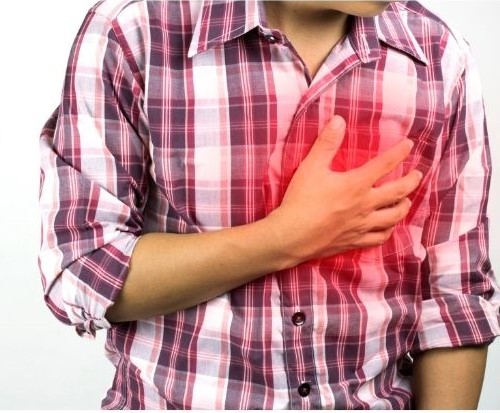
Cardiovascular Diseases (CVD) are one of the leading causes of death in the world. More than 17 million people die each year from CVD. The INFART Code protocol is fully implemented within the Catalan health system, it is activated every time a person suffers an event. It coordinates Primary Care staff, SEM (Medical Emergency Services) staff and hospital staff. Odisea is a project that addresses the complexity of the pre-hospital care process for acute myocardial infarction, highlighting the shortcomings in coordination, information flow and data analysis. To overcome these inefficiencies, Odisea is presented, a software that improves coordination and information flow between healthcare professionals. This application improves the collaboration of doctors in the diagnosis, transfer and treatment of patients with myocardial infarction, reducing time and improving the efficiency of the care process. This project is being developed with the collaboration of the IDIBGI, the UdG, the Dr. Trueta Hospital and the IDIAPJGol.
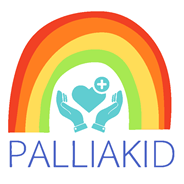
Approximately 21 million infants per month need palliative care and more than 8 million specialized care during their lifetime and at the end of life. (namely in Europe 170,000). Palliakid is a European project with the objective of providing access to pal·liative cures for infants facing advanced, complex or end-of-life illnesses, with the objective of improving their well-being and quality of life. The prior IDIAPJGol connection is the basis of this project where the HEXCOM study will be developed in order to evaluate the complexity of pal·liative cures in adults. One of the main objectives of this project is the adaptation of this project to the pediatric environment.
Palliakid aims to improve the early identification of patients with the complex needs of pal·liative cures through the creation of predictive models. These models will differentiate patients according to their level of complexion, allowing for rapid, comprehensive and planned assistance. The project will reinforce the involvement of patients and their families, with the intention of developing instruments for a more precise assessment of their needs and expectations, facilitating the interaction and involvement of the entire health team. IDIAP Jordi Gol i Gurina is part of the consortium format with 17 partners from 12 European countries.
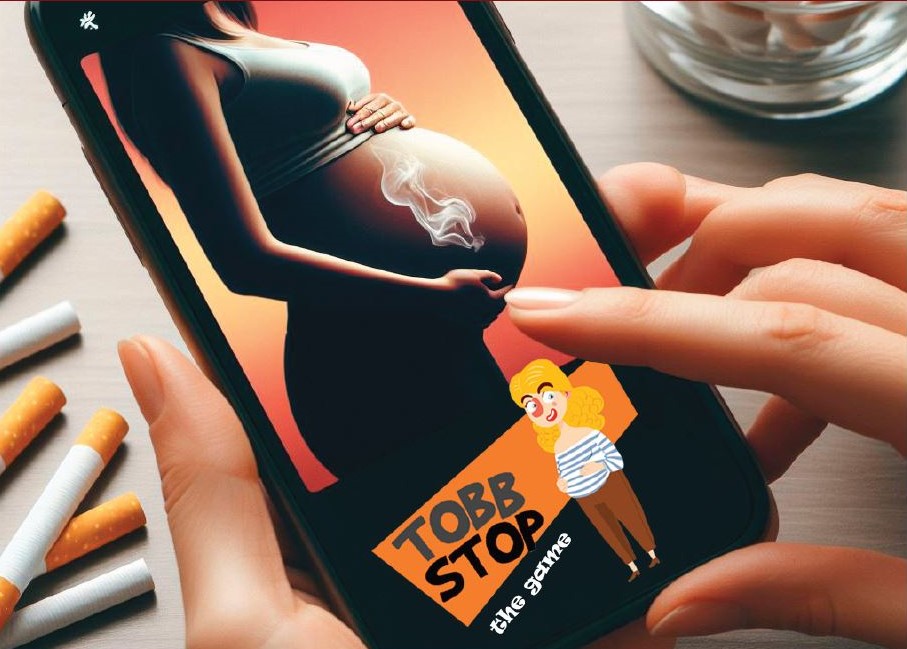
The Tobbgest project has been funded by the Carlos III Health Institute in the 2021 call. The research team is made up of different professionals from the Catalan Health Institute and the IDIAP Jordi Gol, and with the collaboration of the Department of Computer Science and Mathematics of the Rovira i Virgili University (Tarragona). The study aims to end tobacco addiction in pregnant women through an application for mobile devices designed for this specific objective.
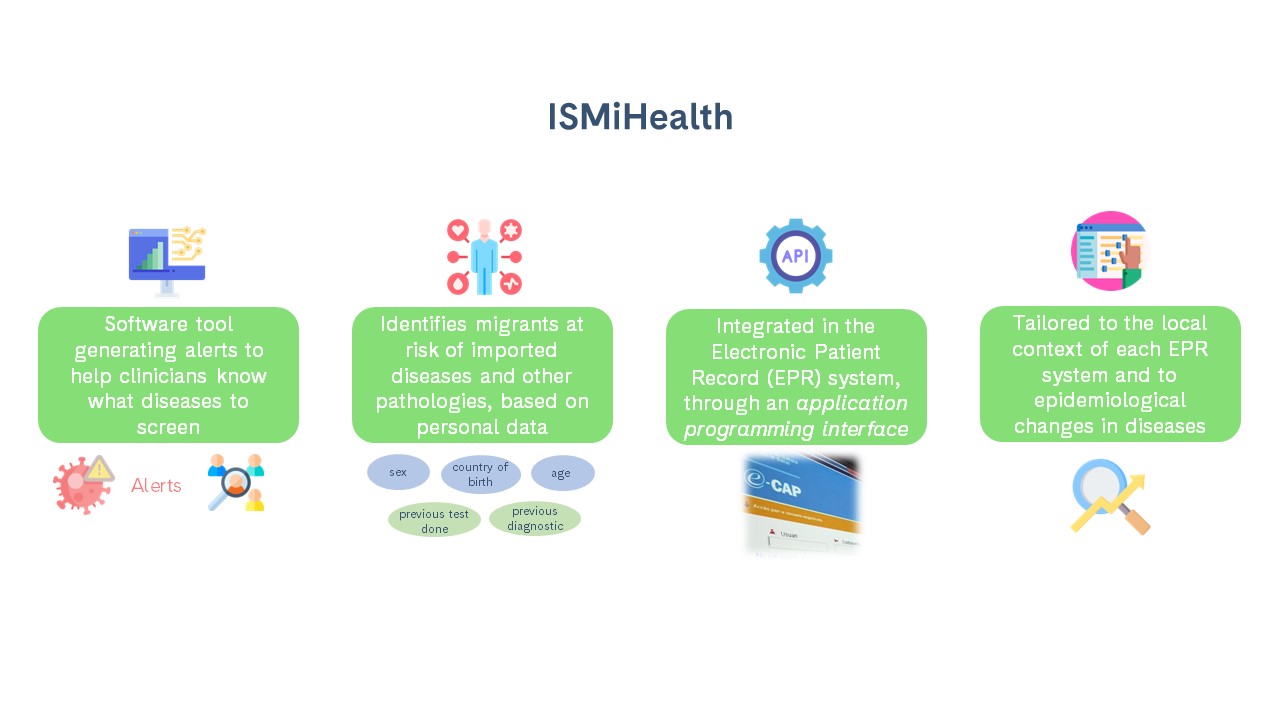
ISMiHealth is a clinical decision support system, integrated into the primary care electronic health record (EHR) system, which aims to improve the performance of screening for infectious diseases and female genital mutilation (FGM) in migrants. Using the ISMiHealth programme, primary care professionals provide real-time indications with recommendations for the detection of infectious diseases and FGM aimed at the migrant population based on an individualized risk assessment. For this assessment, the demographic characteristics (sex, age and country of origin) of each individual migrant patient are taken into account. ISMiHealth is a unique and new program that offers an individualized approach, integrated into EHR systems and adaptable to different epidemiological changes. It is due to end a randomized control test per cluster in 35 primary care centers in Catalonia and a pilot random control test per cluster in a set of centers in Almeria (Andalusia). The intervention centers will implement the screening program collected by the ISMiHealth programming line, while the control centers will follow current routine practices. ISMiHealth aims to improve the health of migrants by reducing inequality and promoting high-quality healthcare services. ISMiHealth has been developed by ISGlobal, IDIAPJGol and CAPSBE.
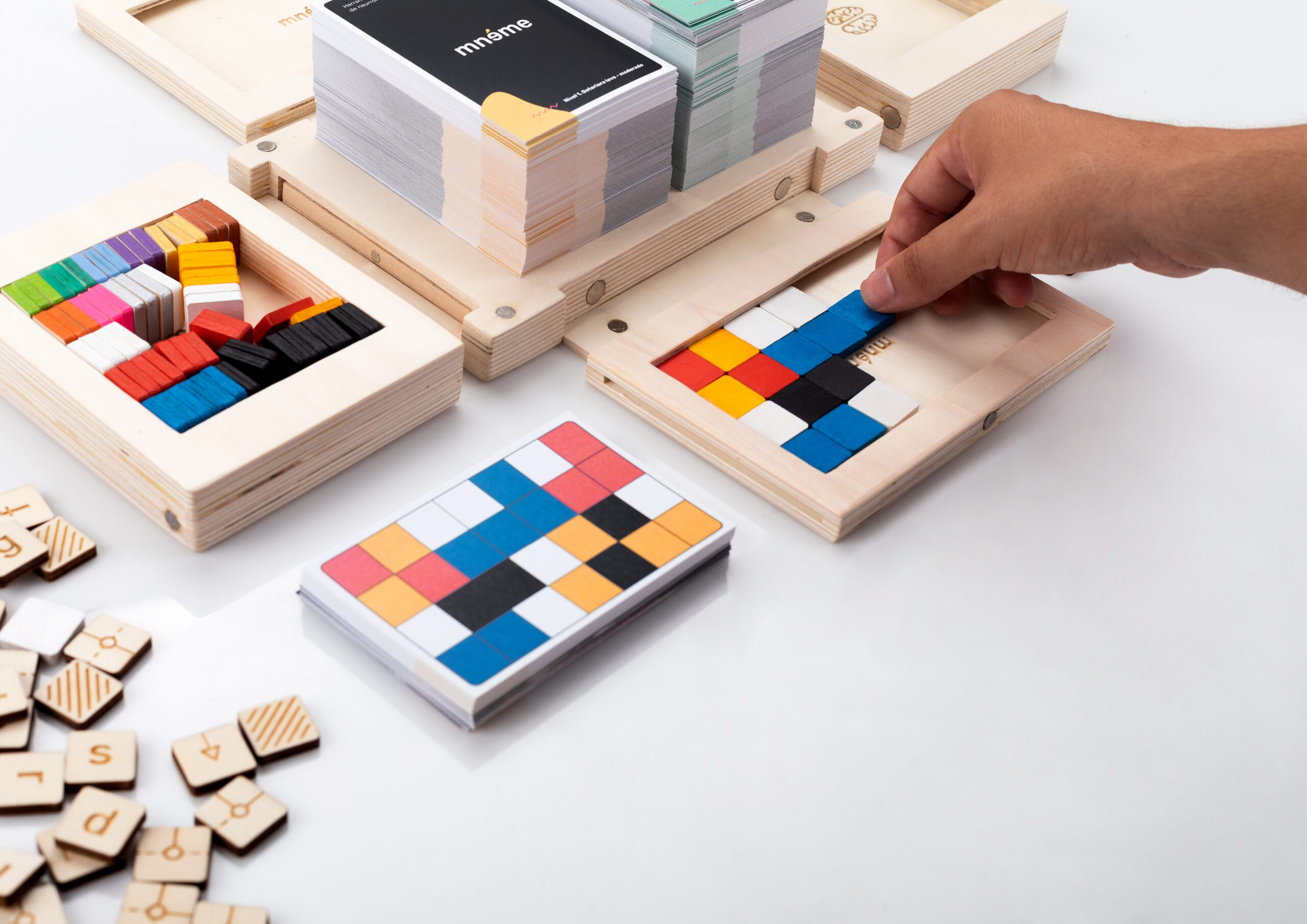
The number of people with dementia worldwide is estimated at around 60 million cases. By 2050 this figure will have tripled. The main causes would be the increase in population and aging. Mneme is a playful, motivational and non-pharmacological tool for cognitive stimulation. Aimed at psychotherapists and relatives of patients with dementia, a series of tools with which to work, through play, cognitive stimulation in order to slow down the development of the disease.
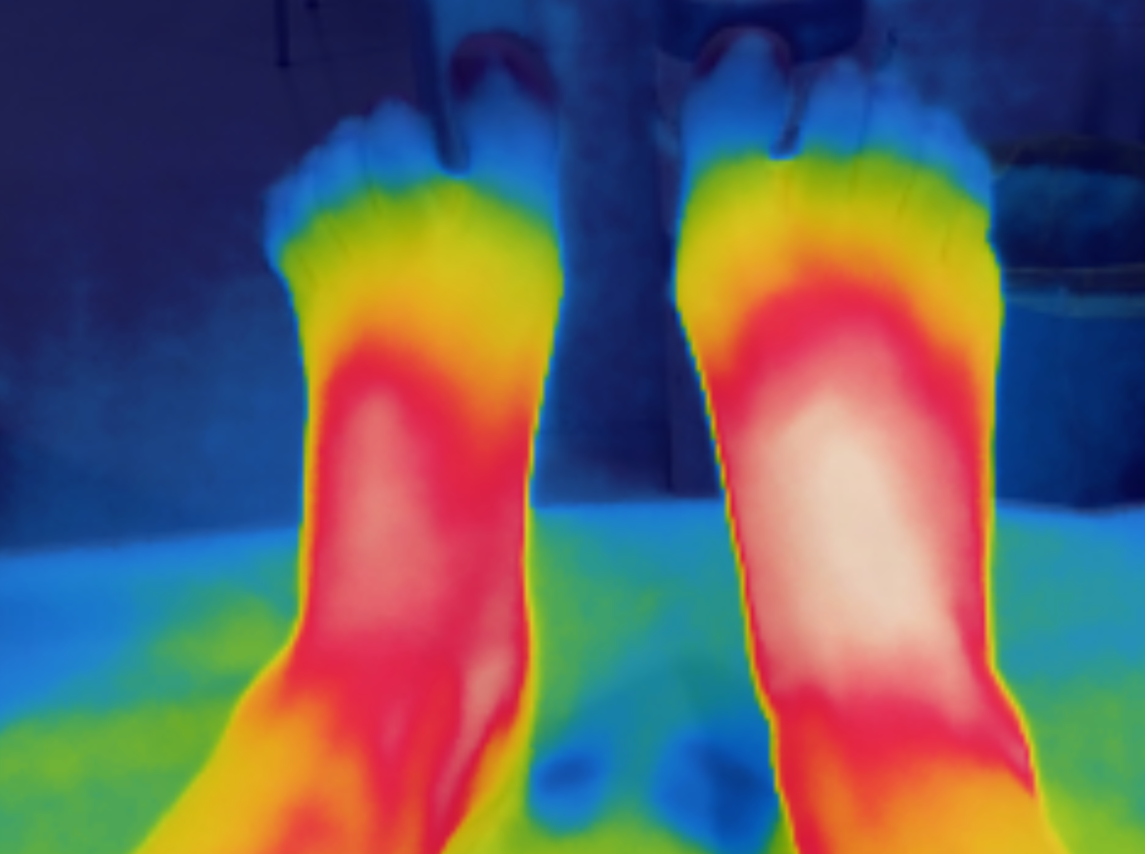
Diabetis Mellitus (DM) is an increasingly common disease and is constantly increasing in Western countries. One of the most serious complications of DM is diabetic peu (*PD), a lesion that develops by itself from the turmell in people with diabetes, due to diabetic neuropathy or peripheral arterial hypertension. To prevent PD, it is crucial to implement effective preventive measures, such as ulcer risk detection and stratification programs. In this context, the PEDITERM project is an innovative initiative to improve the PD ulcer risk detection and stratification system, combining the use of dermal infrared thermography cameras in primary care clinics. This technology will allow us to optimize the early identification of patients with the risk of developing ulcers in diabetic patients, with the goal of reducing complications, such as advanced ulcers and amputations.
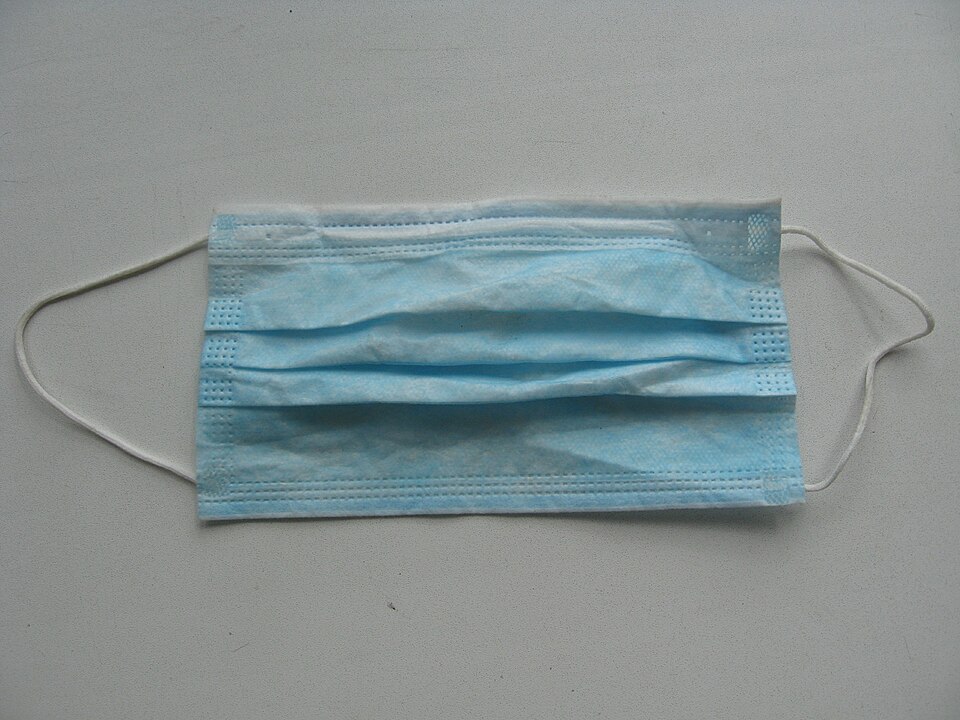
The start of COVID-19 will increase the importance of its elements to try to avoid contagion with vaccines or masks. These last moments will be part of our daily life for many months. In this study, a new mask, marketed by Goma Camps SL and a viricide technology developed by CSIC, will be evaluated compared to the usual ones used by health professionals during the seventh work day. It is a qualitative and quantitative study, valuing the opinions of professionals from different Primary Care Urgències Centers (CUAP).
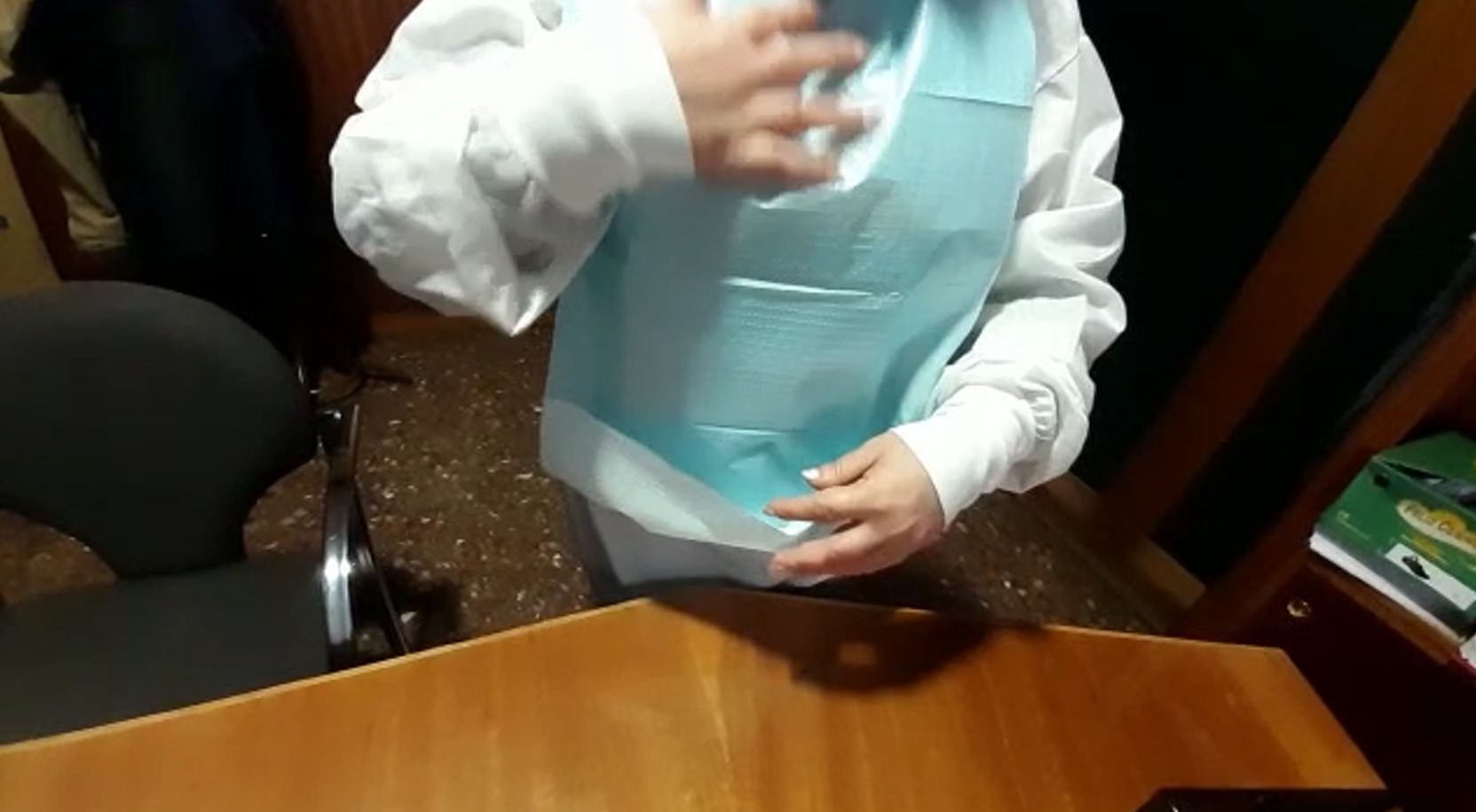
In nursing homes, it is common for caregivers to handle their adults, whether during care or feeding times. Gomà- Camps has designed new, larger bibs, which will protect the person from exposure to liquids or fluids. A study was conducted among caregivers from different nursing homes and social and health centers to evaluate the characteristics of these new bibs compared to those normally used. Qualitative methodology study. Where the client was given the items to improve in their product in order to try to enter the nursing home market with their product.

Diabetic patients are at risk of developing diabetic retinopathy and need to be monitored regularly. This study assessed the introduction of a mobile device that allows the diagnosis and monitoring of diseases related to the retina. Different Primary Care professionals were included, both from rural and urban areas. They used this device for a while and told us about their experience as well as that of the patients. We also wanted to see facilitators and barriers to the introduction of telemedicine. The project has been carried out under the contract of a consortium, with among others Hospital Sant Joan de Reus and the ICS within the EIT Health call.











